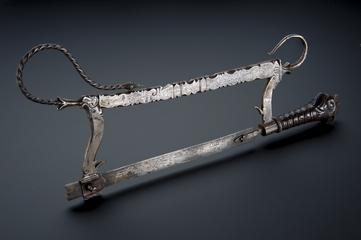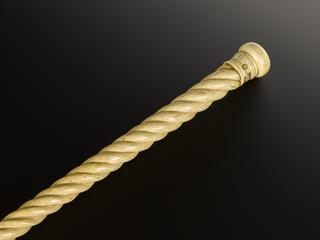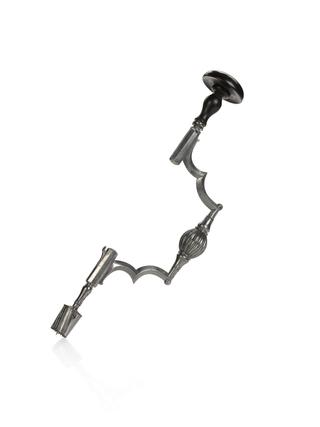
Rubinstein cryosurgical apparatus, Kent, England, 1960-1965
- Made:
- 1960-1965 in Sittingbourne

Rubinstein ophthalmic cryosurgical apparatus, by Spembley Technical Apparatus, by Spembley Technical Products Ltd., England, 1955-1965
Cryosurgery involves the use of extreme cold to destroy tumours and other abnormal and unwanted tissues and has been practised since the late 1800s. Used for delicate eye surgery under general and local anaesthetic, this cryosurgical unit was introduced in 1964. The metal probe is cooled with liquid nitrogen and then used to extract the lens from the eye. The probe could also repair damage to the retina.
Named after its inventor, Kazimierz Rubinstein, an ophthalmologist and surgeon, the apparatus was replaced by improved machines which did not use liquid nitrogen. Liquid nitrogen is dangerous when used in poorly ventilated areas and can cause breathing difficulties. The equipment was made by Spembly Technical Products Ltd.
Details
- Category:
- Surgery
- Object Number:
- 1980-1088
- Materials:
- complete, steel (metal), glas, glass, rubbe and rubber (unidentified)
- Measurements:
-
overall: 700 mm x 700 mm x 445 mm, 32 kg
- type:
- cryosurgical equipment
- credit:
- Keeler Instruments Limited




